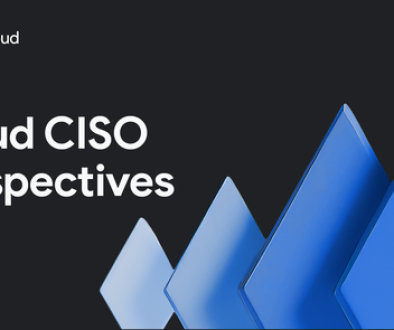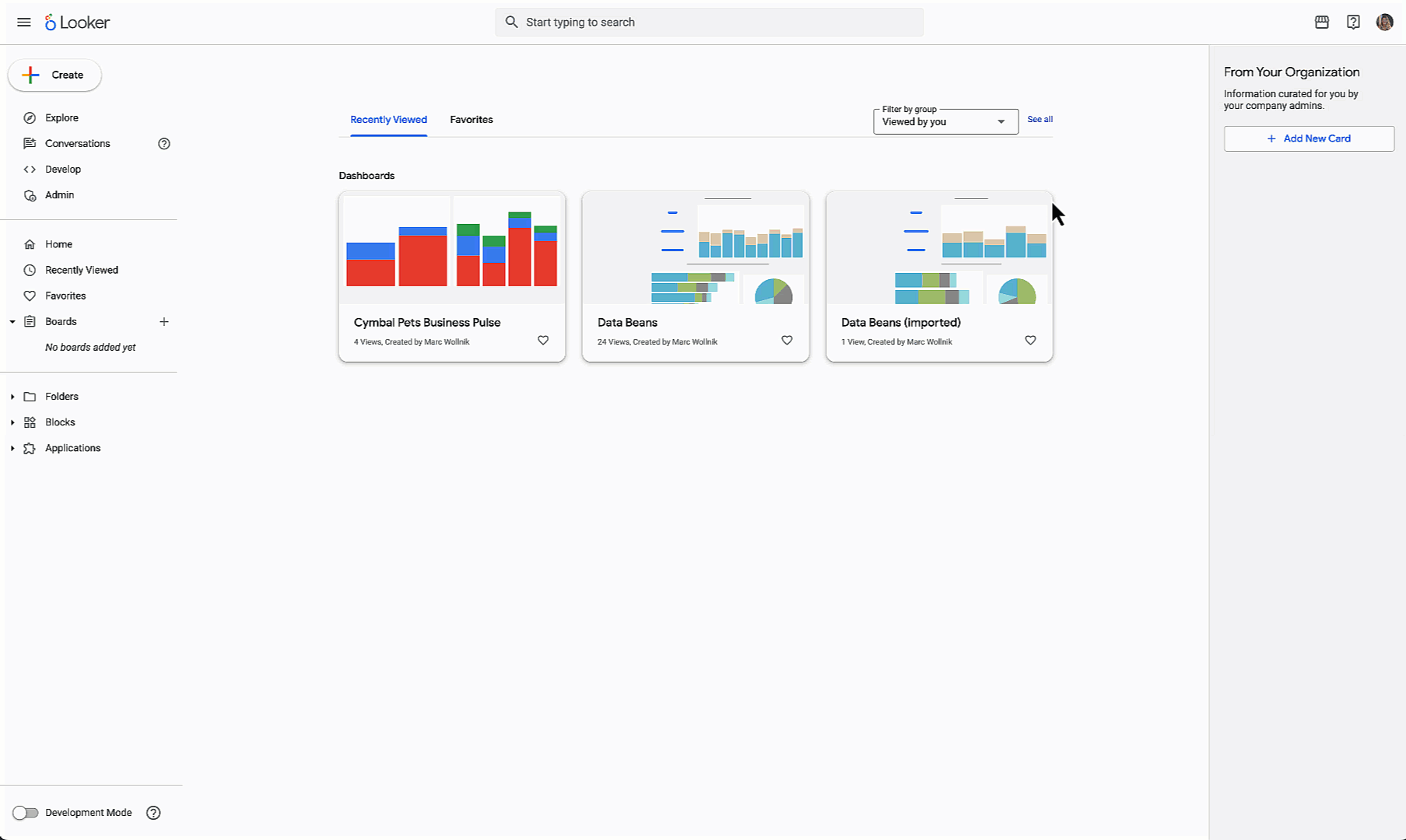GCP – What’s new in Oracle to PostgreSQL migrations with Database Migration Service
As more organizations adopt open database standards, they need easy-to-use, high-performance migration tools, especially for heterogeneous migrations between different database engines. This week, we announced that Database Migration Service (DMS) has several new capabilities for converting and migrating Oracle databases to PostgreSQL.
DMS is a fully managed serverless cloud service that enables migration with minimal downtime and significantly reduces the complexity of migrating data, schema and SQL code. It provides capabilities to create initial snapshots faster, performs low-latency, non-intrusive change data capture, and with its parallel loading capability, reduces downtime.
Now generally available, support for Oracle to PostgreSQL migrations in DMS can help enterprises migrate data, schema and convert complex PL/SQL code to PostgreSQL-compatible SQL in an integrated and easy fashion. With this capability, DMS significantly improves the time-to-value for customers by providing a one-stop shop for data, schema and integrated code conversion. In addition, Database Migration Service offers Duet AI assisted code conversion, which helps with last-mile conversions. With Duet AI assisted code conversion, the system is designed in such a way that the conversion mechanism learns and evolves based on the code edits that have been performed. All user edits are tracked and recommendations are provided in real-time, giving you the flexibility to accept or reject them. This action is used again to refine the model and evolve recommendations, reducing future manual intervention.
You can sign up for the preview today for both Oracle to AlloyDB for PostgreSQL and Duet AI assisted code conversion on the DMS home page.
Let’s see how the new capabilities in DMS can help you migrate Oracle databases to Cloud SQL for PostgreSQL on Google Cloud.
Customers modernize their databases and leverage managed PostgreSQL to reduce costs, increase flexibility, improve performance, and avoid vendor lock-in by adopting widely accepted open-source standards. With AlloyDB, we combined the openness of PostgreSQL with capabilities to make it more than 4x faster for transactional workloads and deliver up to 100x faster analytical queries than standard PostgreSQL.
However, even with these obvious benefits, migrating off of legacy Oracle databases can be complex, requiring expertise in the databases and in their intricate code and application dependencies. Customers inevitably have to put in a lot of manual effort, leverage disparate and sometimes disconnected third-party tools, and call on partners to accomplish the modernization. Sometimes, the amount of manual effort is so high that it deters customers from even embarking on the journey, leaving them locked into an expensive legacy database, without the flexibility and innovation they need to succeed in their digital transformation.
Announcing integrated migration and conversion
In addition to the general availability mentioned above, this week at Google Cloud Next we launched a new integrated code conversion capability in Database Migration Service to convert database code, including stored procedures, functions, triggers, packages and custom PL/SQL code to PostgreSQL compatible SQL. Currently in preview, the code conversion capability not only does the syntactic conversion, but it also does the semantic conversion to ensure that the end result of the SQL is correct. Because it understands both the source and destination dialects, this new capability minimizes the time it takes to perform a migration (code conversion part is always the longest pole of the migration process). With DMS, both code and schema conversion are done automatically.
Key benefits
Since we announced the preview launch of Oracle to PostgreSQL schema and data migration in DMS last year, we’ve helped many organizations migrate their on-premises workloads to Google Cloud, and they’ve reported the following benefits:
Simple and intuitive user experience enabling users to configure, manage and monitor complex migrations without having to learn the complex database related technology.
High-speed initial snapshot capability to copy the data from Oracle into Cloud SQL for PostgreSQL or AlloyDB for PostgreSQL Replication and Change Data Capture (CDC) capabilities to keep the target database in sync to reduce the downtime.
Automatic transition from initial snapshot to Change Data Capture to prevent any data gaps that might occur due to manual configuration.
Persisted and reusable connection management to store connection profiles along with credentials in a secure manner.
Integrated code conversion to convert all the complex PL/SQL code to Cloud SQL for PostgreSQL compatible SQL via conversion workspace.
Seamless transition between source conversion to data movement.
How to get started
Migrating is easy with DMS. To start, navigate to the Database Migration page in the Google Cloud console, create a new migration job, and take these five simple steps:
Create your source connection profile, which contains information about the source database. The connection profile can later be used for additional migrations.
Create aconversion workspace that automatically converts your source Oracle schema and the PL/SQL code to a PostgreSQL schema and compatible SQL.
Apply the converted schema objects and SQL code on your destination Cloud SQL for PostgreSQL instance.
Create a migration job and choose the conversion workspace and connection profiles previously created.
Test your migration job and get started whenever you’re ready.
Once the migration job starts, DMS takes an initial snapshot of your data, then replicates new changes as they happen. The migration job will continue to replicate the source data until you decide to finalize the migration.
Learn more and start your database journey
For more information to help get you started on your migration journey, head over to the documentation or start training with this Database Migration Service Qwiklab. In addition, you can view this conversion workspace introduction video. To get started with the new Database Migration Service for Oracle to PostgreSQL migrations, simply visit the database migration page in the console.
Read More for the details.




